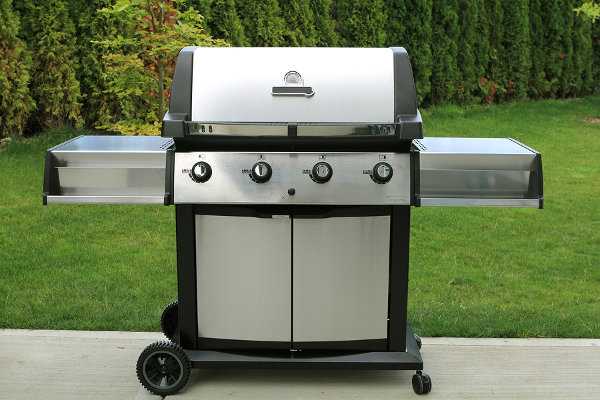Propane Grill Safety

Barbecue grill fires and domestic propane tank explosions are a major source of personal injury in the United States each year. According to recent statistics from the U.S. Fire Administration, a division of FEMA, some 6,500 barbecue grill fires injure Americans accounting for property loss of over $27 million annually. Nearly a third of these gas grill fires occur in the backyard on a patio or terrace, and another third of these grill fires takes place in Americas backyards. Here are some tips when using a propane grill:
Always check for leaks every time you disconnect or reconnect the regulator to the LP tank. If you find a leak, immediately turn off the gas at the tank and don't attempt to light the grill until the leak is fixed. Until it is repaired, keep lighted cigarettes, matches or open flames away from it.
Check the valve connections and hoses to be sure they are in good working order. The hoses should have no cracks, holes or leaks. Make sure there are no sharp bends in the hose or tubing.
Check the tubes that lead into the burner for any blockage from insects, spiders or food grease. Use a pipe cleaner or wire to clear blockage and push it through to the main part of the burner.
Never use a grill indoors. Use the grill at least 10 feet away from any building. Do not use the grill in a garage, carport, porch, or under a surface that can catch fire.
Move gas hoses as far away as possible from hot surfaces and dripping hot grease. If you can't move the hoses, install a heat shield to protect them.
Never start a gas grill with the cover closed.
If the burner doesn't light, turn off the gas and try it again in about 5 minutes.
When not in use, the LP tank valve must be turned to OFF. The tanks should always be stored in an upright position and in a place where the temperature will never reach 125 degrees F.
Never keep a filled fuel container in a hot car or car trunk. Heat will cause the gas pressure to increase, causing the relief valve to open and allowing gas to escape.
